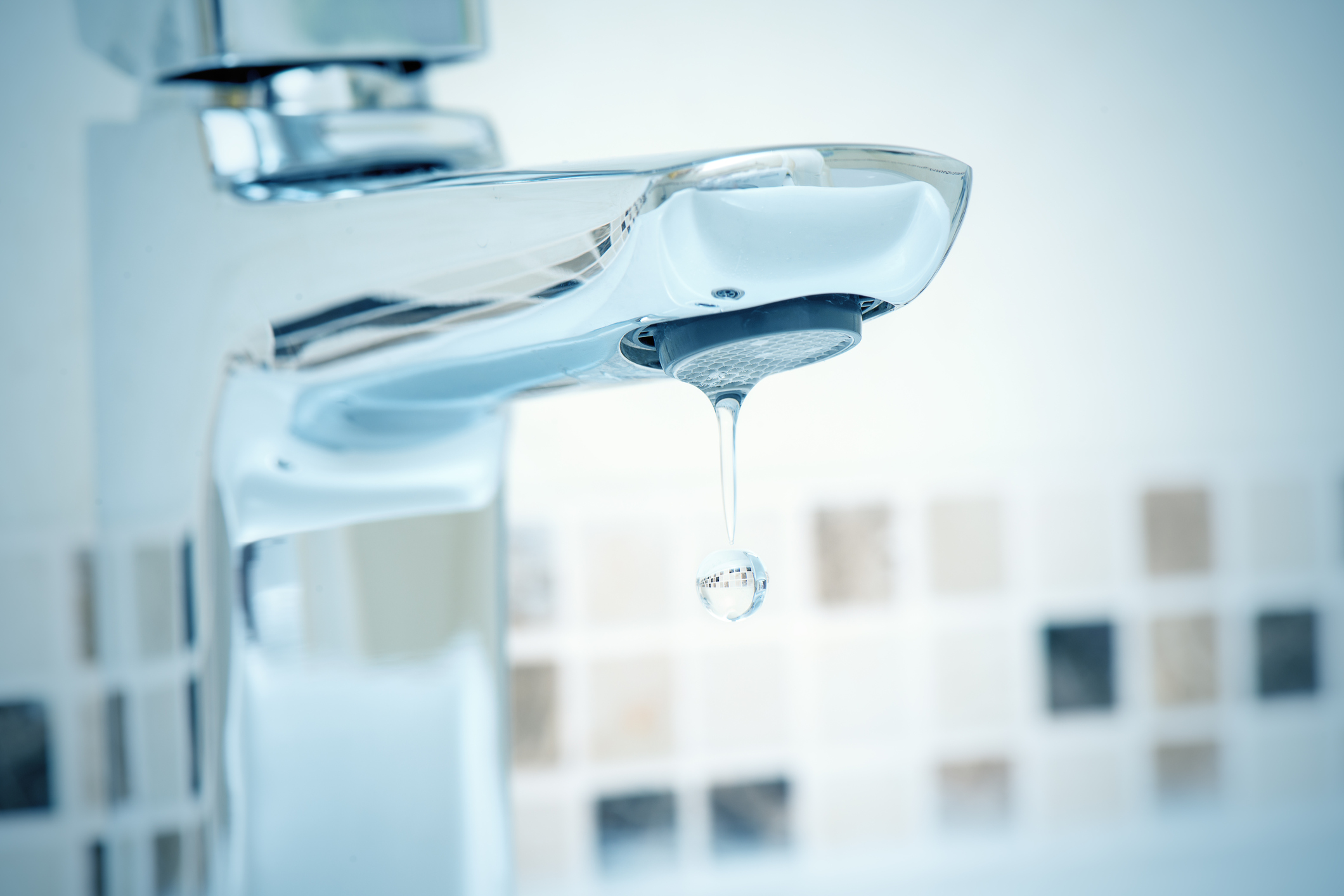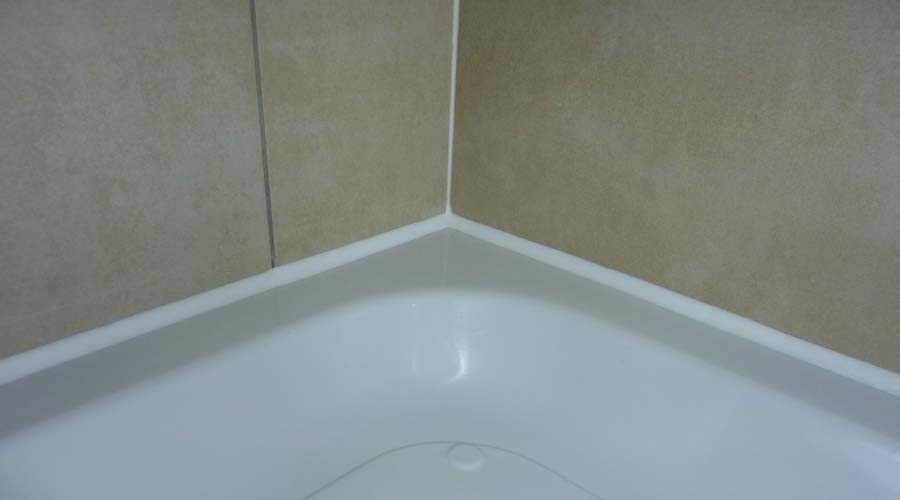How to Stop Bathroom Water Damage
How to Stop Bathroom Water Damage
Blog Article
This post below on the subject of How to Repair and Prevent Bathroom Water Damage? is quite attention-grabbing. You should give it a look.

Water damage commonly happens in the restroom because of the water utilized day-to-day. In some cases, the damage could be a little mold and mildew from the shower. Other times, it's enormous damages on your flooring. Whatever it is, it is always great to recognize the cause and prevent it before it takes place.
This guide will experience some of the common root causes of water damage in the washroom. We will likewise analyze what you can do to stop these causes from damaging your shower room. Let's dive in.
5 Common Root Causes Of Water Damage in Washrooms
These are the common reasons you would have water damage in your shower rooms and also just how you can spot them:
Burst or Dripping Pipelines
There are many pipes carrying water to different parts of your shower room. Some pipelines take water to the commode, the sink, the faucets, the shower, and numerous other locations. They crisscross the little location of the washroom.
From time to time, these pipes might obtain rustic and also ruptured. Various other times, human activity could cause them to leak. When this happens, you'll find water in the corners of your restroom or on the wall.
To identify this, keep an eye out for gurgling wall surfaces, mold and mildews, or mold. Call a specialist emergency situation plumber to fix this when it happens.
Cracks in your wall tilesv
Restroom wall tiles have been specially developed for that function. They safeguard the wall from wetness from people taking showers. However, they are not indestructible.
In some cases, your washroom wall surface floor tiles fracture as well as allow some moisture to seep into the wall surface. This can possibly destroy the wall surface if you don't take any kind of activity. If you observe a fracture on your wall ceramic tiles, fix it instantly. Don't wait until it ruins your wall.
Overflowing toilets and sinks
As human beings, sometimes we make blunders that might trigger some water damage in the restroom. For example, leaving your sink faucet on might trigger overflowing as well as damage to other parts of the washroom with dampness.
Likewise, a defective bathroom could create overruning. For instance, a damaged toilet handle or various other parts of the tank. When this occurs, it might damage the flooring.
As quickly as you discover an overflowing sink or commode, call a plumbing professional to aid take care of it instantly.
Roof Leakages
Often, the problem of water damage to the washroom may not come from the bathroom. As an example, a roofing leak can trigger damage to the washroom ceiling. You can identify the damage done by considering the water spots on the ceiling.
If you find water discolorations on your ceiling, check the roof covering to see if it's harmed. Then, call a specialist to assist solve the concern.
Excess Wetness
It's awesome to have that lengthy shower and dash water while you dance around and act like you're performing, but often these acts could trigger water damage to your bathroom.
Sprinkling water around can create water to go to edges and develop molds. Enjoy how you spread out excess moisture around, as well as when you do it, clean it up to stop damage.
Verdict
Water damage to your bathroom can be frustrating. However, you can handle it if you protect against some of the reasons stated in this guide. Call an expert emergency situation plumbing if you observe any serious damages.
How to Prevent Water Damage in Your Bathroom?
Water damage repair is an expensive, meticulous, and lengthy process. Unfortunately, bathrooms are the most susceptible rooms to water damage due to toilets, showers, and sinks. Pipes and fixtures wear out over time and are not immune to damage. But all is not lost, as there are ways to prevent water damage from occurring in your bathroom.
Check Your Plumbing
Nothing lasts forever, especially pipes, which can rust and begin leaking over time. You should periodically conduct pipe inspections and pay attention for any musty smells or water stains that may indicate you need water damage repair. Here are some things to check:
Frequently test valves for your toilet, shower, and sink to ensure they are properly working.
Check faucet supply lines hidden under vanities and replace when needed.
Replace cracked or deteriorating caulking along sinks, tubs, and showers.
If you notice a clog in your sink, call in a professional.
Since you can’t check the pipes in the wall, keep an eye out for stains, drywall bubbling, musty smells, and excess moisture; if the bathroom is on a second level, check the ceiling of the room directly below for these signs.
Don’t Overwork Your Toilet
One of the most common reasons bathrooms need water damage repair is due to overflowing toilets. Save yourself the hassle of cleanup by being mindful and not pushing your toilet to extreme limits. If you have young children, it is especially important to keep an eye on them when they are in the bathroom and to teach them how to avoid clogging the toilet. Here are some more tips to help prevent your toilet from overflowing:
If you have a septic tank, only use septic-safe toilet paper
Do not flush anything down the toilet besides toilet paper; items like diapers and sanitary napkins will clog the piping
Pay attention to your toilet’s water level: If it’s low, it could mean it is partially clogged or that there is a crack in the toilet bowl
https://www.alure.com/home-improvements-blog/resources/how-to-prevent-water-damage-in-your-bathroom

How to Prevent Water Damage in Your Bathroom?
Water damage repair is an expensive, meticulous, and lengthy process. Unfortunately, bathrooms are the most susceptible rooms to water damage due to toilets, showers, and sinks. Pipes and fixtures wear out over time and are not immune to damage. But all is not lost, as there are ways to prevent water damage from occurring in your bathroom.
Check Your Plumbing
Nothing lasts forever, especially pipes, which can rust and begin leaking over time. You should periodically conduct pipe inspections and pay attention for any musty smells or water stains that may indicate you need water damage repair. Here are some things to check:
Don’t Overwork Your Toilet
One of the most common reasons bathrooms need water damage repair is due to overflowing toilets. Save yourself the hassle of cleanup by being mindful and not pushing your toilet to extreme limits. If you have young children, it is especially important to keep an eye on them when they are in the bathroom and to teach them how to avoid clogging the toilet. Here are some more tips to help prevent your toilet from overflowing:
https://www.alure.com/home-improvements-blog/resources/how-to-prevent-water-damage-in-your-bathroom
We were brought to that report about How to Repair and Prevent Bathroom Water Damage? through an acquaintance on a different site. Are you aware of anybody else who is involved in How to Repair and Prevent Bathroom Water Damage?? Be sure share it. Thanks a lot for taking the time to read it.
Hire A Pro Report this page